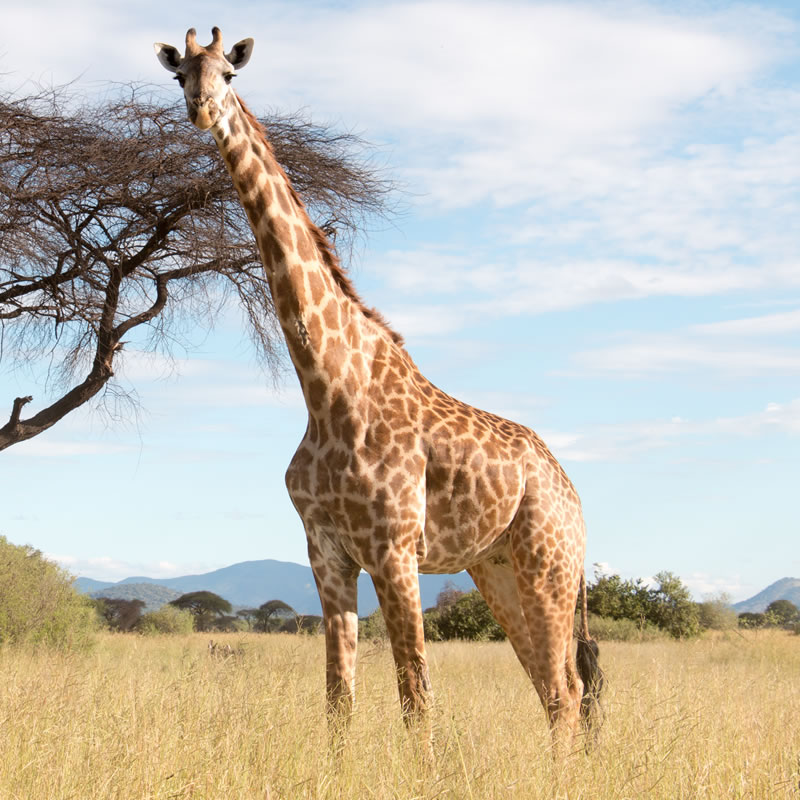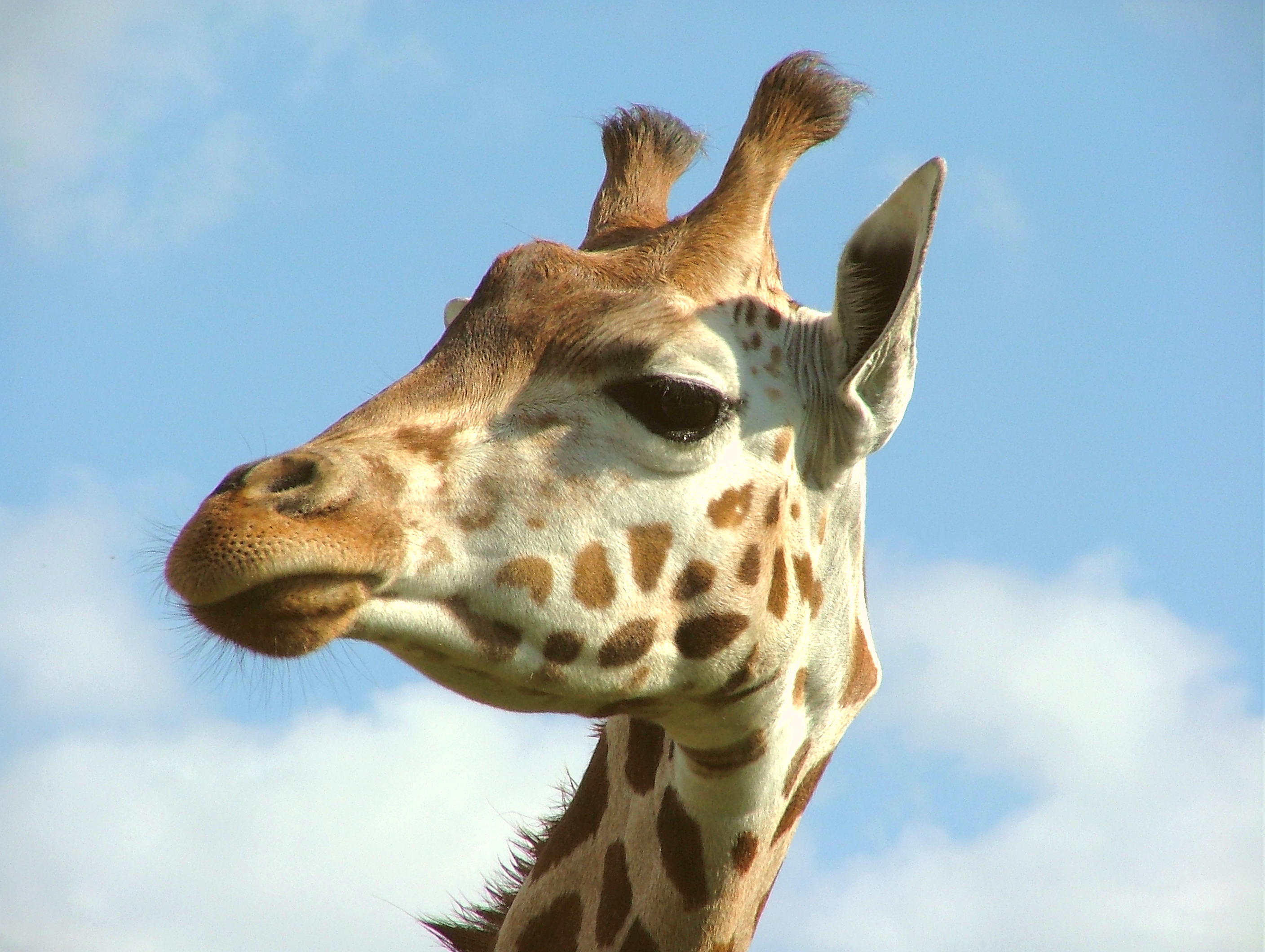The 'Giraffe Woman': Exploring The World Of Female Giraffes And Their Unique Lives
Have you ever considered the deep, often unspoken, allure of the "giraffe woman"? This intriguing phrase, you know, it sparks a certain curiosity, doesn't it? It makes us think about grace, about height, and about a connection to one of Earth's truly magnificent creatures. We're talking about the female giraffe here, a creature that embodies a quiet strength and a remarkable presence in the wild.
For many, the very idea of a "giraffe woman" might conjure images of elegance or perhaps even a deep, intuitive bond with nature. It's more than just a literal description; it's a way of looking at the world through the lens of these towering animals. So, we're going to take a little look at what makes these animals so special, drawing from various insights.
This article will explore the actual female giraffe, often referred to as a "cow," examining her place in the natural world, her unique characteristics, and how humans interact with these truly wonderful beings. We'll touch on their social structures, their family ties, and even some of the more surprising ways people engage with them, as a matter of fact, based on some interesting discussions.
Table of Contents
- Understanding the Female Giraffe: The 'Giraffe Woman' Defined
- Life in the Wild: Social Dynamics of Giraffes
- Distinguishing Giraffes: Family Ties and Unique Features
- Human Connections: Perspectives on Giraffes
- Common Questions About Giraffes
- A Look Ahead: Giraffes in 2025 and Beyond
Understanding the Female Giraffe: The 'Giraffe Woman' Defined
When we talk about the "giraffe woman," we're really talking about the female giraffe herself, a truly striking animal. These magnificent creatures, often called "cows" in wildlife circles, stand tall and graceful, truly embodying a kind of natural elegance. It's almost as if their very presence commands a quiet respect.
Consider, for instance, the mention of "6 old/fully mature giraffe cows" that could be part of a package. This highlights their physical maturity and, in some contexts, their perceived value. They are, quite simply, very important members of their herds and the broader ecosystem, playing a vital role in the balance of nature.
Their long necks, distinctive patterns, and gentle eyes give them a unique appeal that captivates many. They move with a slow, deliberate grace, making them seem almost otherworldly. So, in a way, the "giraffe woman" becomes a symbol of natural beauty and strength.
Life in the Wild: Social Dynamics of Giraffes
The social lives of giraffes are, believe it or not, quite interesting, particularly when you consider the interactions between males. While our focus here is on the "giraffe woman," understanding the broader herd structure gives us a better picture. It's a system with its own rules, you know, and a lot of subtle cues.
The Role of Bulls in Herds
Male giraffes, often called bulls, typically follow a rather strict social order. This hierarchy helps maintain a certain structure within their groups, allowing for a degree of predictability. It's like, a very established way of doing things in their world.
Younger bulls, as a matter of fact, often challenge older, more dominant males. This is usually for the chance to breed with the females in the herd, a very important part of their natural cycle. It's a natural process of competition and succession, really.
Shifting Power and Solitary Lives
When a younger, stronger bull does manage to take over, the older male, quite naturally, gets pushed out. This older bull is then left to live a solitary life, which can be a bit sad, perhaps, but it's part of the natural order. It's a stark reminder of the wild's sometimes harsh realities.
This constant shift in power dynamics means the social structure of a giraffe group is always, in some respects, in flux. The females, the "giraffe women," are often at the center of these interactions, even if the text focuses more on the male struggles. They are, after all, the reason for much of the male competition.
Distinguishing Giraffes: Family Ties and Unique Features
It's fascinating to learn about where giraffes fit into the grand scheme of animal life, you know. They're related to animals we might think of as very different, but they have their own special place. It just goes to show how diverse life on Earth truly is.
The giraffe, for instance, is related to both deer and cattle, which might surprise some people. However, it's placed in its very own separate family, called the Giraffidae. This family consists of only the giraffe and its closest relative, the okapi, a rather elusive forest dweller. So, they are pretty unique in that regard.
The word "giraffe" itself has a rather interesting past. It comes to us via French and Italian, and ultimately from the Arabic word "zerafa." Apparently, early Romans described it as having characteristics of both a camel and a leopard, which, you know, makes sense given its long neck and spotted coat. It's a pretty old word, actually.
Just to clear things up, the nouns "giraffe" and "wolf" are not proper nouns. A proper noun, you see, is the name or title of a specific person, place, or thing. These are common nouns, general words for types of animals. So, a "giraffe woman" isn't a specific person's name, but a way to describe the female of the species, more or less.
Human Connections: Perspectives on Giraffes
Our interactions with giraffes are varied, spanning from admiration to very practical considerations, and even, apparently, some rather intense discussions. It's a complex relationship, you know, one that brings up a lot of different feelings and ideas. People have strong opinions about these animals.
Legalities of Exotic Pet Ownership
It might come as a surprise to some, but there are actually nine states where it is legal to own an exotic pet without needing a special permit. These states include Alabama, Idaho, Missouri, Nevada, North Carolina, Ohio, South Carolina, West Virginia, and Wisconsin. This fact, you see, highlights the diverse legal landscape surrounding exotic animals in different places.
This means that, in these specific areas, owning a giraffe, or perhaps even a "giraffe woman" in a very literal sense, could be a possibility for some individuals. It raises questions about responsibility and the welfare of such magnificent creatures outside their natural habitats, doesn't it? It's a pretty big topic for debate.
Engaging with Giraffes: Ethical Considerations
Human engagement with giraffes also extends to activities like hunting, a topic that often sparks very strong opinions. For instance, there's mention of a "cull hunt option for 2025," suggesting a planned approach to managing populations. This is a practice that, quite frankly, generates a lot of discussion among different groups of people.
Someone recounted shooting their first giraffe with a .375 rifle and 300-grain bullets at about 50 yards, aiming for a neck shot but hitting the lung instead. The animal didn't drop as expected. This kind of detail, you know, really brings home the reality of such encounters, highlighting the unpredictable nature of wildlife. It's a pretty vivid account.
Another individual shared their plans for a trip to Africa in 2025, considering a .375 H&H as a lighter rifle for plains game and a .458 Lott for buffalo and giraffe. They mentioned being comfortable and accurate with both rifles, having used 300g TSX bullets with satisfaction in the past. This shows a level of preparation and experience, apparently, in these kinds of expeditions.
There are even discussions about specific packages, like six old or fully mature giraffe cows available for $7200, which works out to $1200 per giraffe. Other animals can be added at an extra cost, and additional hunters or observers are welcome. These packages often include a licensed professional hunter, a tracker, a skinner, a hunting vehicle, and full board accommodation. It's a rather comprehensive setup, really.
The sentiment about these experiences can be quite varied. One person stated, "I do not regret shooting a giraffe, in fact, I am scheduled to shoot 5 this fall as part of a cull package." However, they also noted, "by far the one animal that upsets people most to" have mounted, compared to leopards, lions, or monkeys. This shows a clear difference in public perception, you know, regarding different animals.
The existence of a "giraffe 'neck' mount," meaning about four feet of neck extended down from the head, which mounts on a wall, also points to the tangible outcomes of these activities. It's a physical representation of an encounter, and, you know, it can be a conversation starter, for better or worse. These different perspectives highlight the broad range of human interactions with the "giraffe woman" and her kind.
Common Questions About Giraffes
People often have a lot of questions about giraffes, which is totally understandable, given how unique they are. Here are a few common ones, and, you know, we can shed some light on them based on what we've learned.
Is "giraffe" a proper noun?
No, the word "giraffe" is not a proper noun. It's a common noun, which means it's a general word for a type of mammal, a word for a thing. A proper noun is the name or title of a specific person, place, or thing, like "Africa" or "Mount Everest." So, "giraffe" just refers to the animal in general, more or less.
What family is a giraffe in?
The giraffe belongs to its own separate family called the Giraffidae. This family is pretty exclusive, actually, consisting of only the giraffe and its closest living relative, the okapi. It's a unique branch on the tree of life, so to speak.
Are giraffes related to deer?
Yes, giraffes are, in fact, related to deer and cattle. While they are placed in their own distinct family, the Giraffidae, their evolutionary lineage connects them to these other ruminant animals. So, you know, there's a family resemblance there, even if it's not immediately obvious.
A Look Ahead: Giraffes in 2025 and Beyond
As we look towards 2025, it's clear that giraffes will continue to be a subject of immense interest and, you know, various forms of human interaction. Whether it's through planned conservation efforts, scientific study, or even specific hunting expeditions, their presence in our world remains significant. It's a really ongoing story.
The ongoing discussions around giraffe social dynamics, their unique biology, and the different ways humans choose to engage with them will, apparently, keep these magnificent animals in our thoughts. They are, after all, some of the most recognizable and beloved creatures on the planet. Their future, in some respects, depends on our continued understanding and respect.
To really get a better sense of these incredible animals and their place in the world, you might want to learn more about their natural habitats and behaviors on our site. You can also link to this page for deeper insights into wildlife conservation efforts. It's pretty important, actually, to stay informed.
Understanding the "giraffe woman" in all her glory, from her graceful movements to her role in the wild, is a journey that continues. It reminds us of the incredible diversity of life and our place within it. So, keep that curiosity alive, you know, and keep exploring the wonders of the natural world.

Giraffe | The Animal Spot

File:Giraffe Portrait, Woburn Safari Park.jpg
:max_bytes(150000):strip_icc()/GettyImages-872346454-5c37b2dec9e77c000132a628.jpg)
Giraffe Facts: Habitat, Behavior, Diet